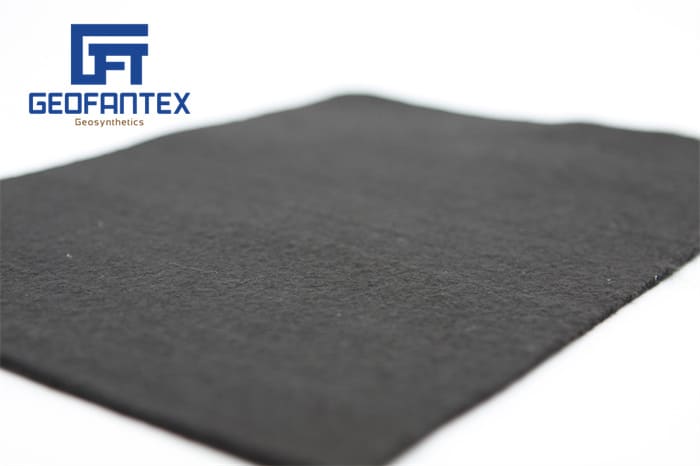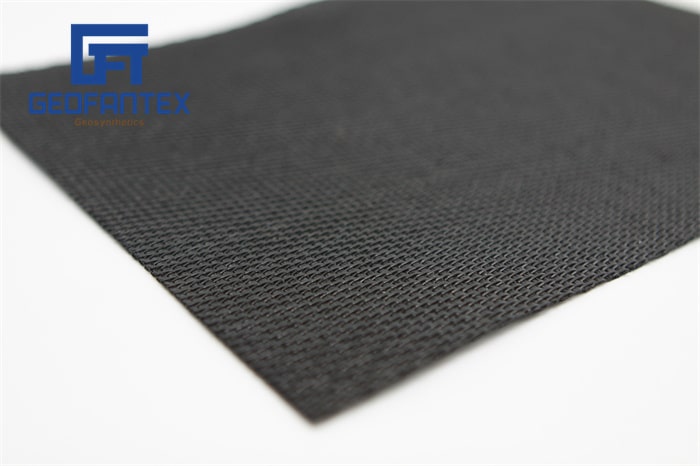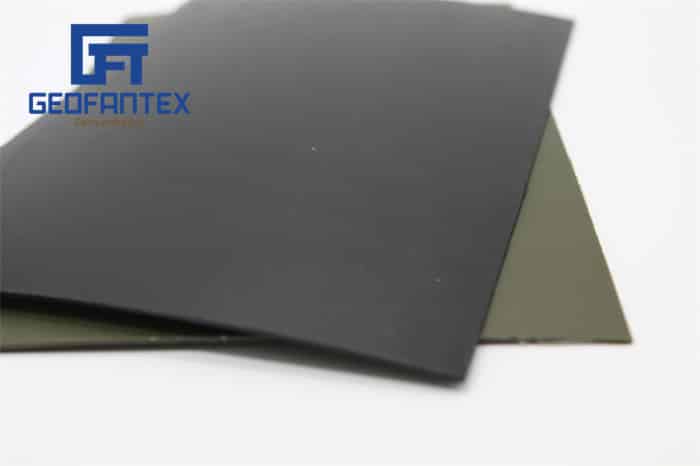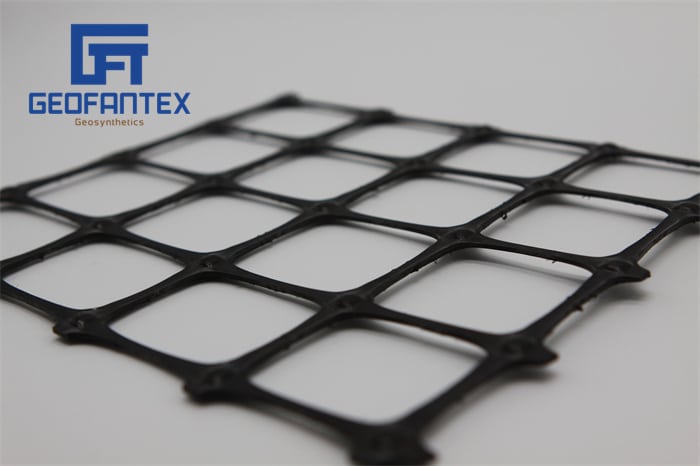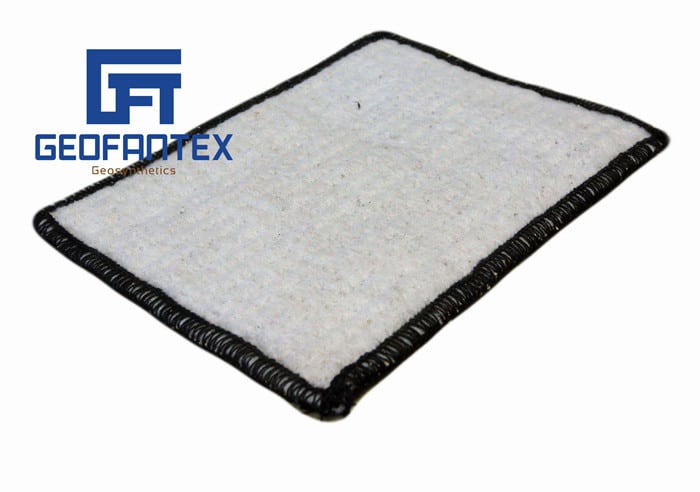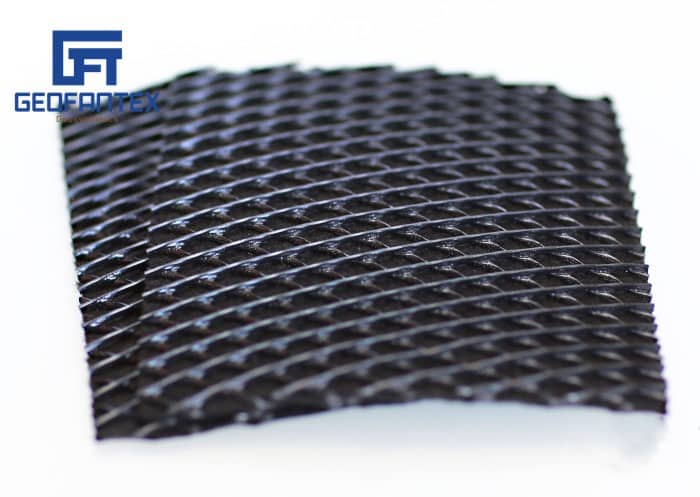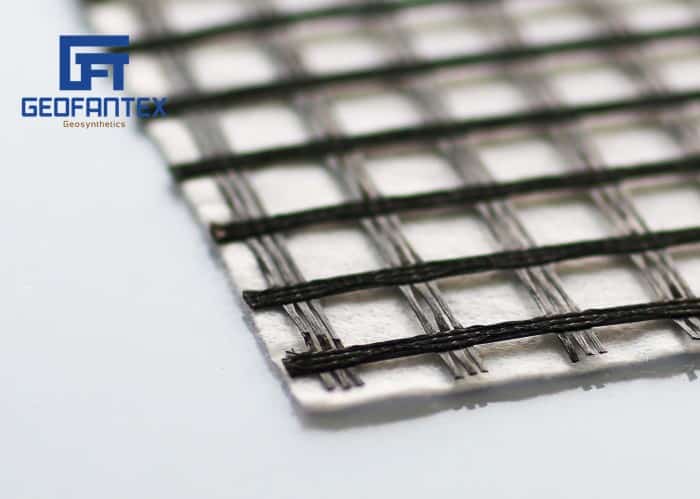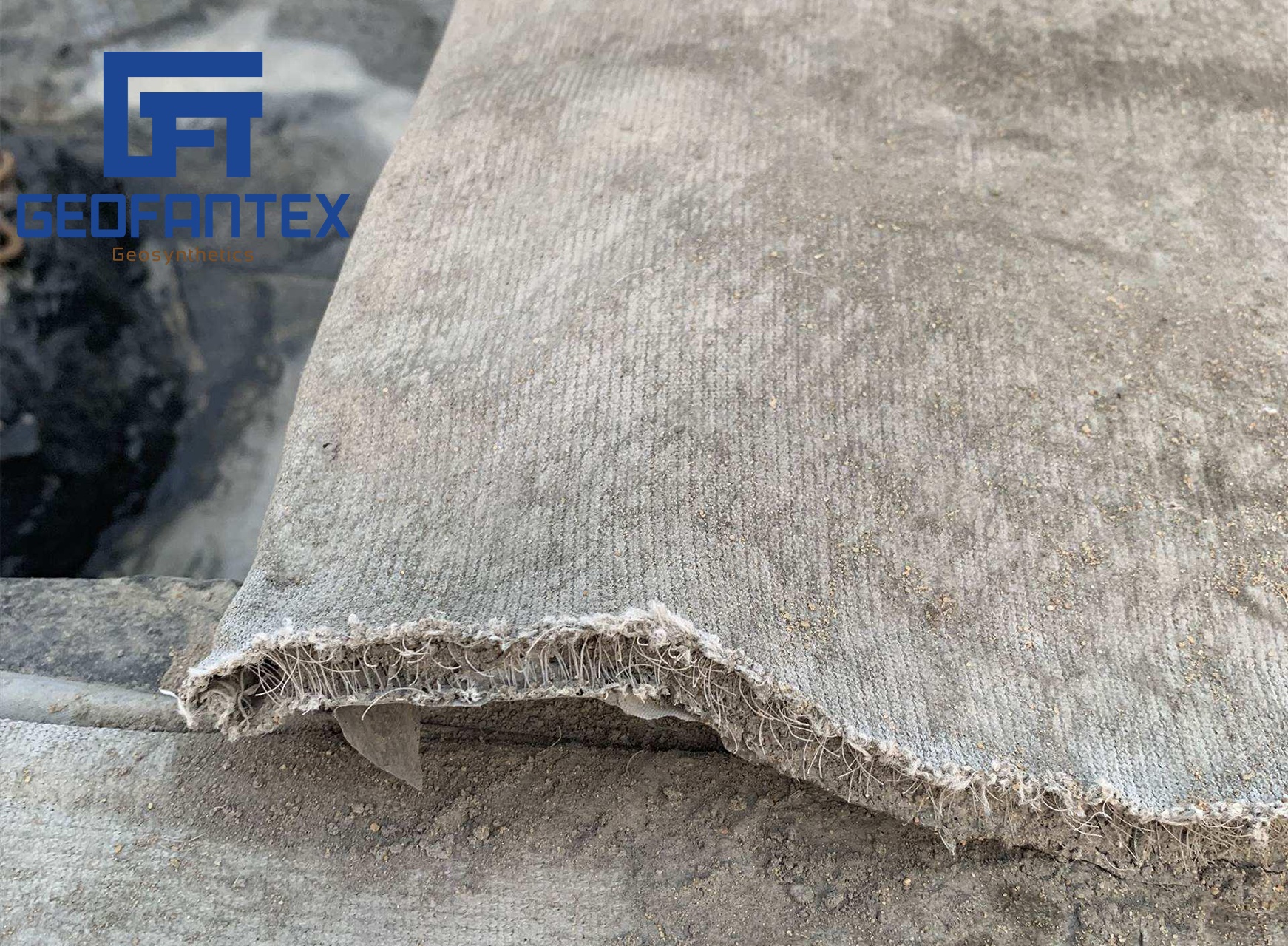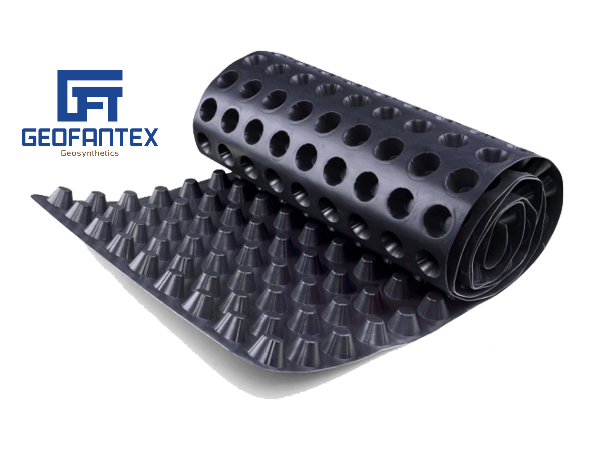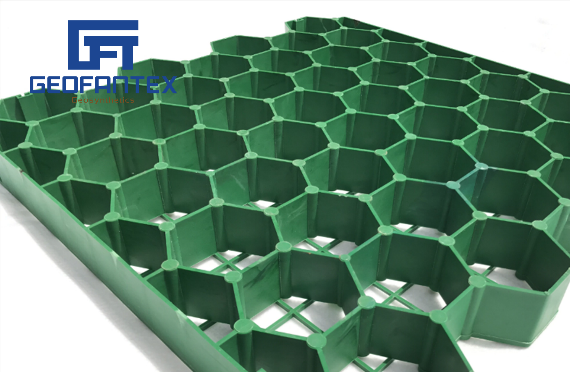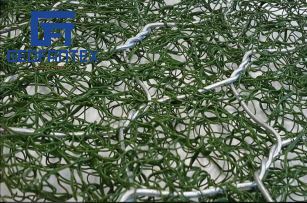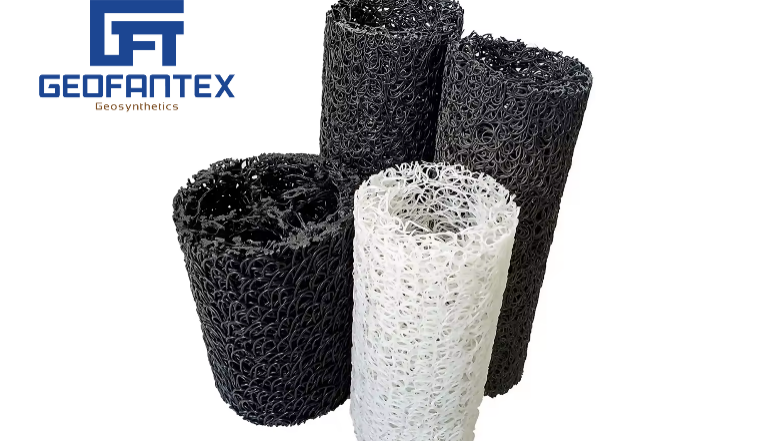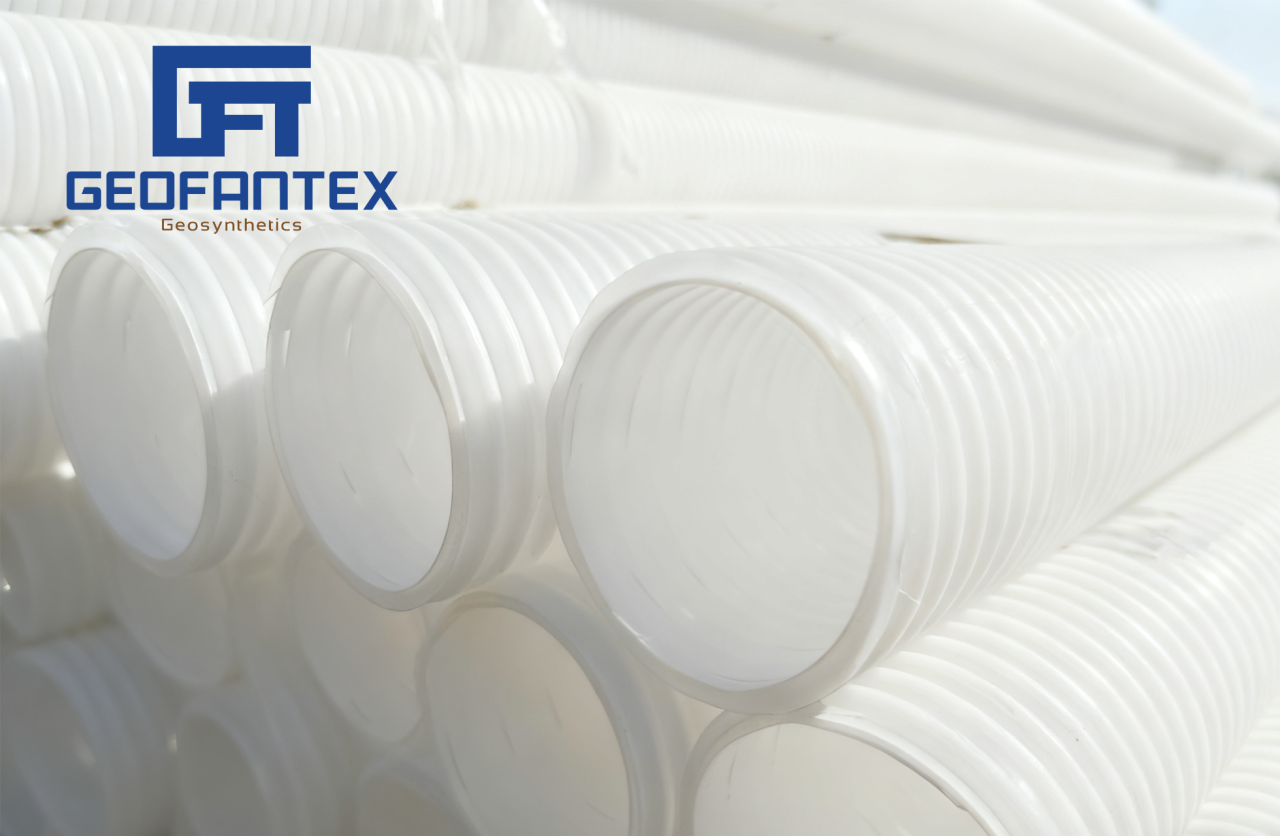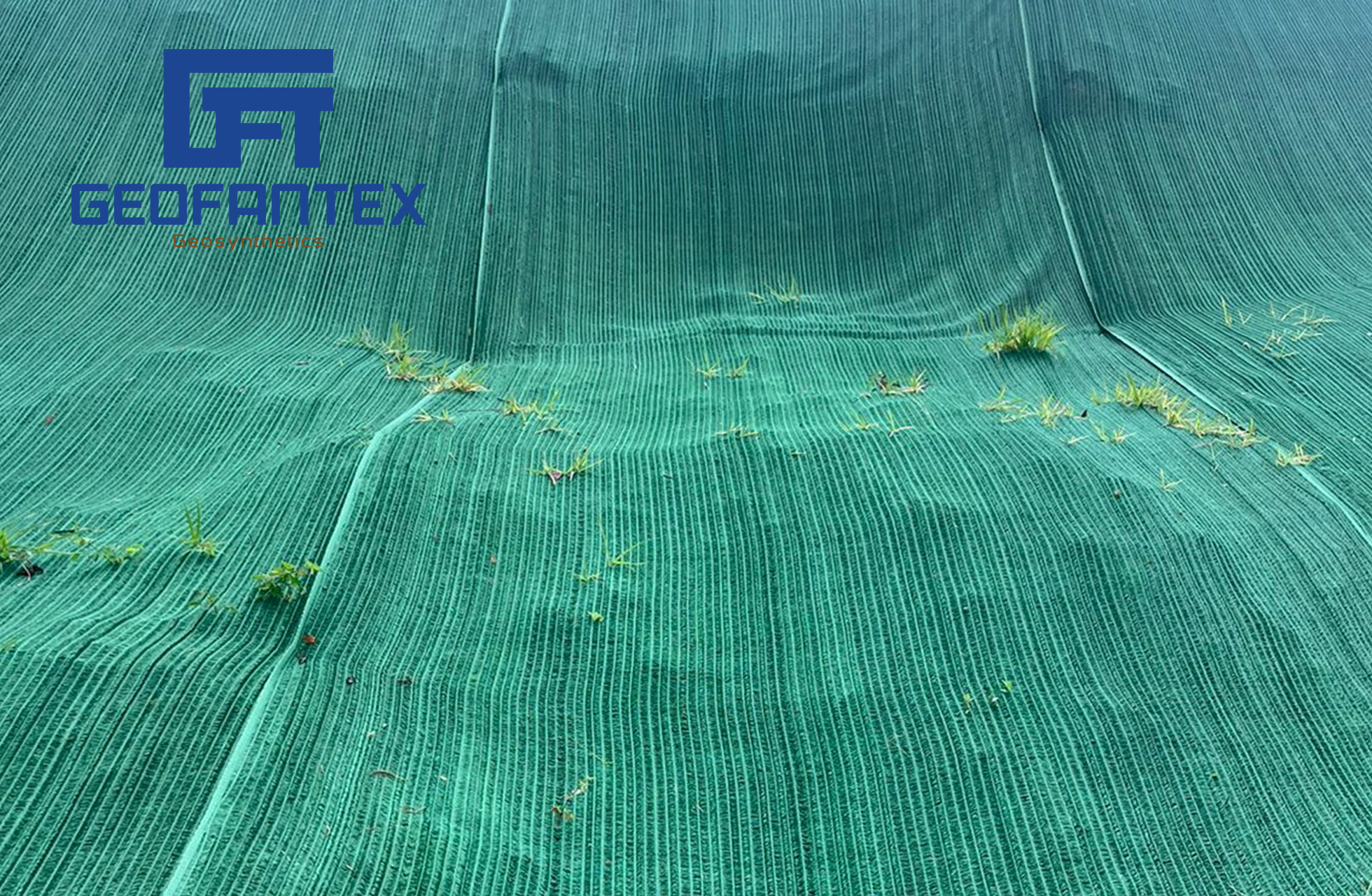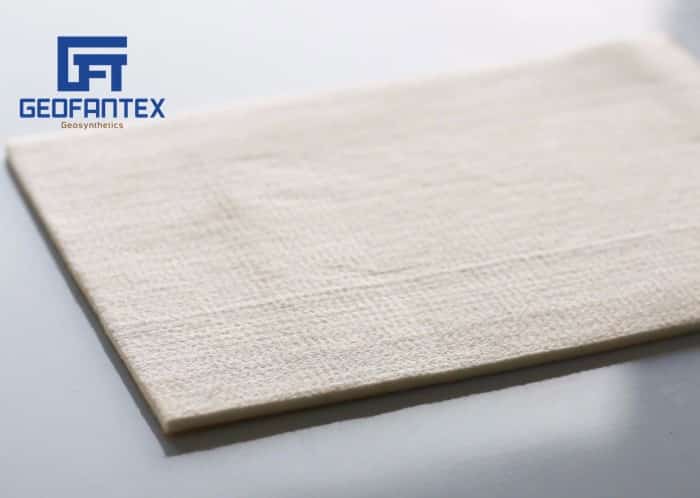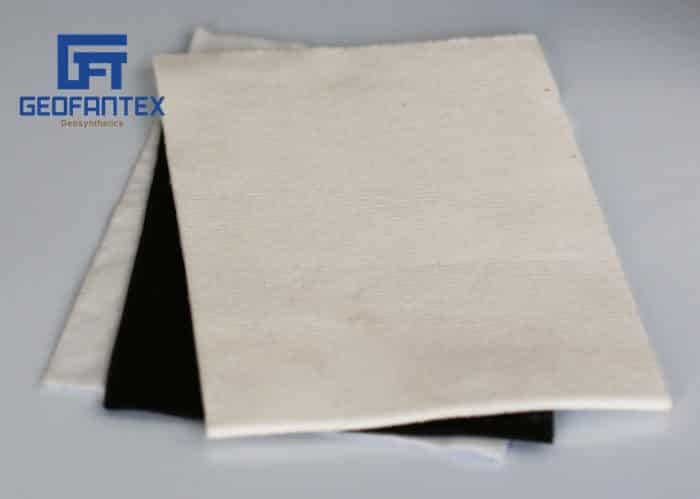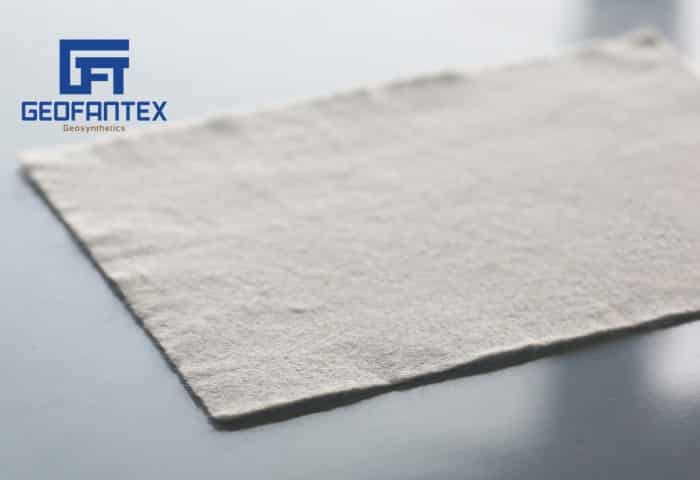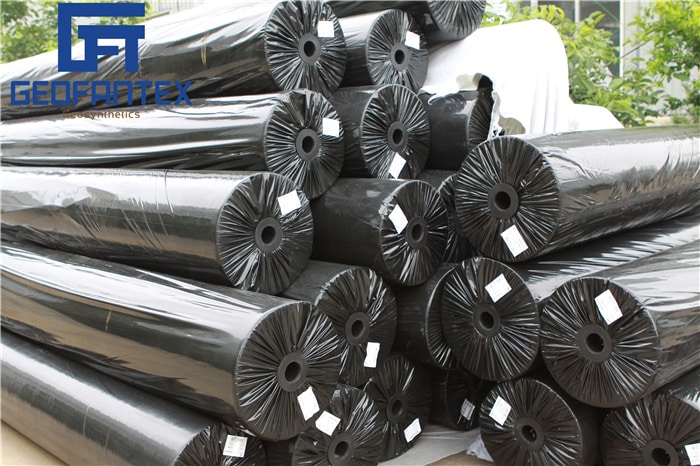+86-159 9860 6917
info@geofantex.com
geofantex@gmail.com
+86-400-8266163-44899
Geogrid walls provide critical stability, support, and durability to various soil types and structures in the field of geosynthetics. In this article, we explore common questions surrounding geogrid walls, clearing up confusion and emphasizing their value in modern engineering projects.
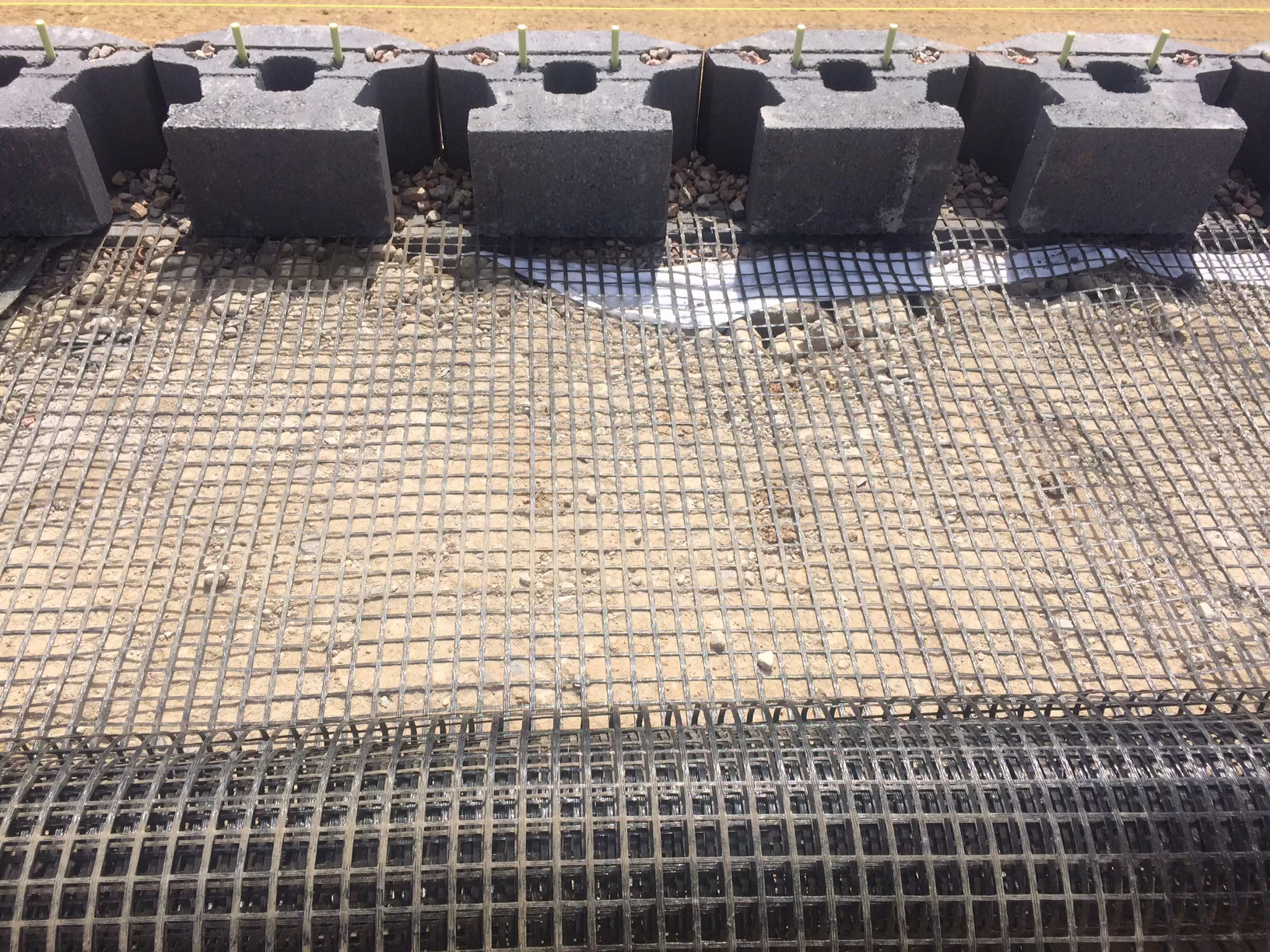
What are geogrid walls and why are they important?
Geogrid walls are engineered retaining structures that use high-strength synthetic polymers, such as polypropylene or polyester, to reinforce soil and improve structural stability. Unlike traditional concrete or masonry walls, geogrid walls integrate layers of geogrid with compacted soil, creating a flexible, durable system capable of resisting lateral earth pressures and preventing erosion.
Key reasons geogrid walls are essential:
- Soil stabilization: Reinforce weak or loose soils, preventing shifting and collapse.
- Slope optimization: Enable the construction of taller, steeper slopes with less material.
- Cost-efficiency: Reduce the need for concrete or other heavy materials, lowering project costs.
- Sustainability: Utilize locally sourced fill materials and reduce the overall carbon footprint.
- Versatility: Applicable in highways, embankments, railways, retaining walls, and erosion-prone areas.
By combining strength, flexibility, and environmental benefits, geogrid walls have become a preferred solution for modern infrastructure and landscaping projects.
How do geogrid walls work in stabilizing soil?
Geogrid walls stabilize the soil by reinforcing it with high-strength polymer grids that distribute loads evenly and enhance soil shear strength. The grids lock soil particles together, preventing shifting and erosion. Retained walls provide structural support, prevent bulging, and improve drainage by allowing water to flow through, reducing hydrostatic pressure. This makes geogrid walls an efficient, cost-effective solution for preventing soil failure in construction and landscaping projects.
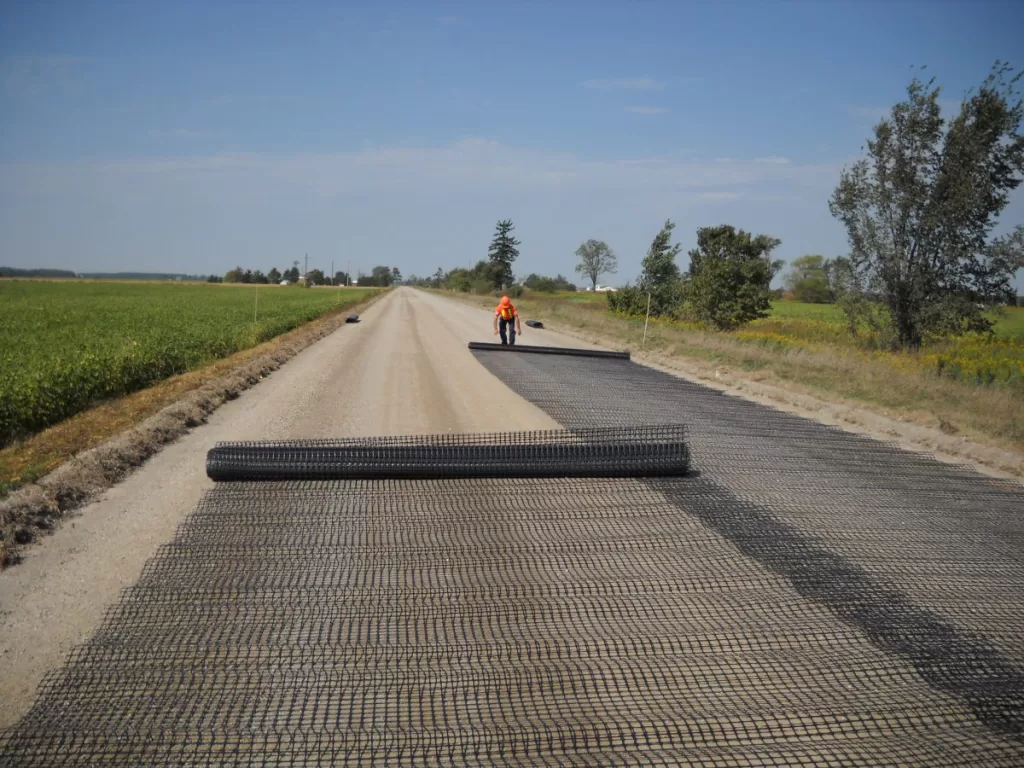
What are the advantages of using geogrid walls compared to traditional methods?
Geogrid retaining walls offer several advantages over traditional retaining walls made from concrete or masonry. These benefits include a more sustainable approach, reduced material needs, faster installation, and less excavation. Additionally, geogrid retaining walls have a lower environmental impact because they utilize locally sourced materials, contributing to a reduction in the carbon footprint of construction projects.
In what types of projects can geogrid walls be applied?
Geogrid walls are versatile and find applications in a variety of engineering projects, including soil reinforcement for embankments, construction of retaining walls for highways and railways, slope stabilization, and erosion control. They are especially useful in regions where traditional methods would be too expensive or logistically challenging.
Geogrid walls offer innovative, practical solutions for reinforcing soil and other materials. By providing stability and support in infrastructure projects, geogrid walls continue to play a key role in the geosynthetics industry.
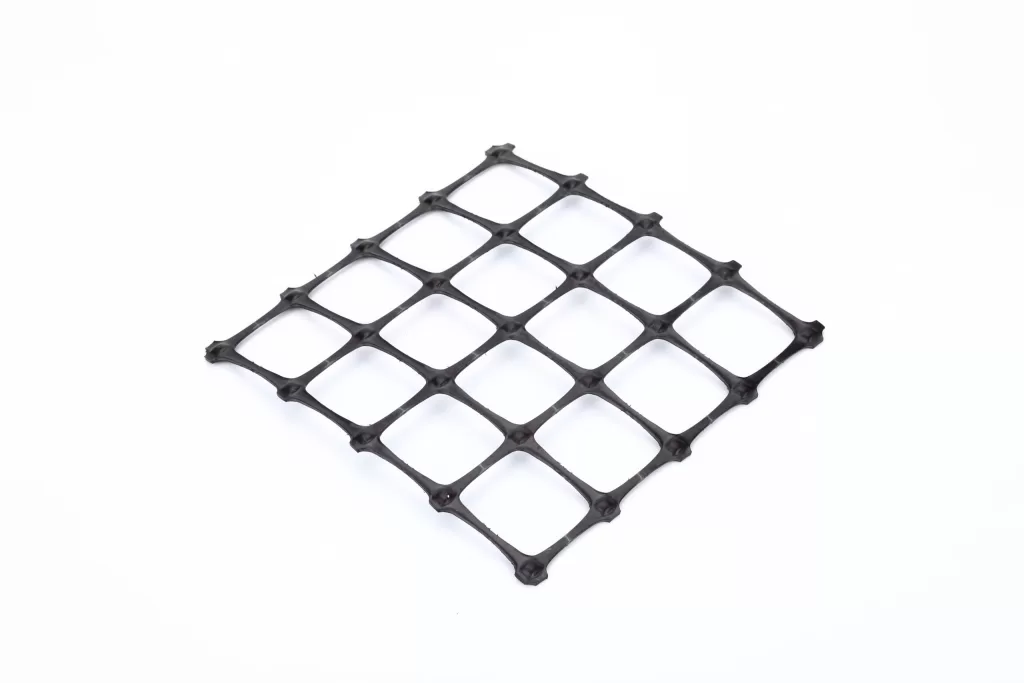
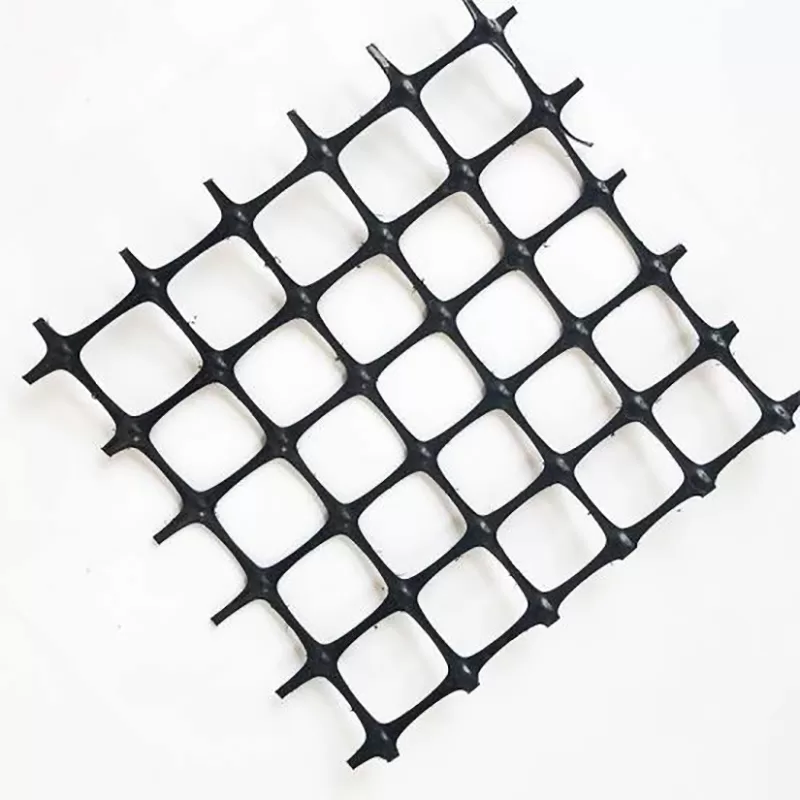
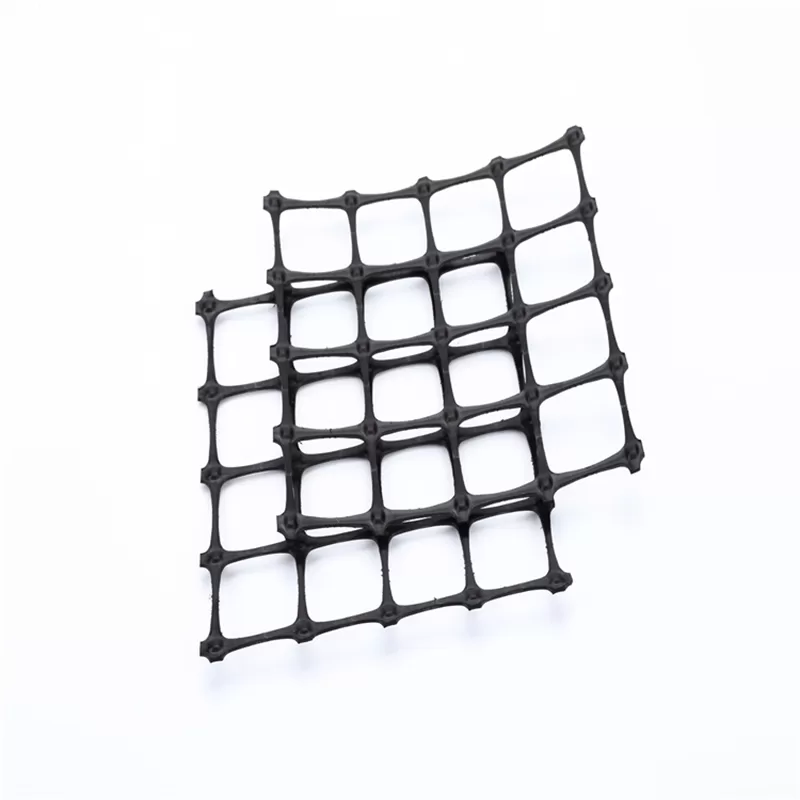
Get Free Sample
We’ll respond as soon as possible(within 12 hours)

